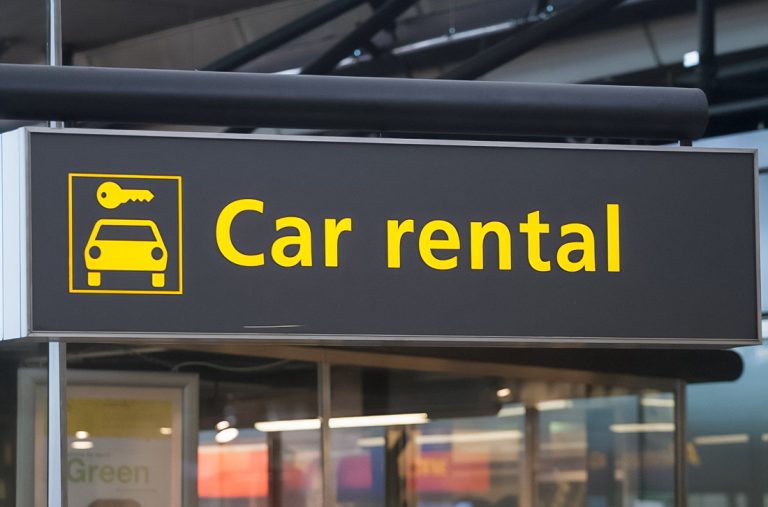Renting a car can be a strategic decision for travelers and locals alike, offering flexibility and convenience not always provided by public transport or taxis. For those new to car rental, understanding the basics is crucial to navigate this process smoothly and to ensure a cost-effective and stress-free experience.
Understanding Car Hire Basics
Car hire allows individuals to rent vehicles on a temporary basis from a few hours to several weeks. It involves selecting a vehicle from various available categories, agreeing to rental terms, and returning the vehicle at the end of the rental period. Different types of rental services include daily rentals for short trips and monthly or long-term rentals for extended periods.
Evaluating Your Needs
Before you approach a rental company, assess what type of vehicle you require based on the trip’s nature, your personal preference, your budget, and the number of passengers. Compact cars are economical and suitable for city driving, while SUVs might be appropriate for families traveling with luggage or navigating rough terrains.
Required Documentation
To hire a car, you’ll typically need a valid driver’s license, a credit card, and sometimes proof of insurance. Some companies might also require a second form of identification. Ensure all documents are valid and reflect your current details to avoid any issues at the rental desk.

Understanding Rental Agreements
Rental agreements are crucial and can be daunting due to their detailed conditions. They cover terms regarding the rental duration, allowable mileage, fuel policy, and additional fees. It’s essential to read these agreements carefully to understand your liabilities and ensure there are no surprises.
Researching Car Hire Providers
Start by researching reputable car rental companies online. Look for providers that offer a range of vehicle options and transparent pricing. Official tourism sites and car rental association websites are reliable sources for identifying accredited and reputable providers.
Comparing Costs and Services
Compare different providers based on various factors, including daily rates, service fees, insurance options, and cancellation policies. Websites like Kayak and Expedia allow you to compare prices and terms across multiple rental companies at once.
Reading Reviews and Ratings
Customer reviews can provide insights into the quality of service and customer satisfaction. Check ratings on platforms like Google Reviews and TripAdvisor to gauge previous customers’ experiences with different rental companies.
Basics of Car Hire Insurance
Understanding insurance options is critical. Standard rental insurance typically includes a Collision Damage Waiver (CDW), which covers damage to the rental vehicle, and Theft Protection (TP) that covers the loss of the vehicle. However, neither of these cover personal injuries or property damage.
Deciding on Additional Coverage
Consider additional coverage based on the driving environment. For instance, in areas prone to natural hazards, comprehensive coverage that includes natural disaster insurance might be advisable. Always assess what your personal car insurance covers to avoid overlapping coverages.
Dealing with Accidents and Damages
If the rental car is damaged, report it to the rental company immediately. Ensure you follow their protocol, which usually involves filing an accident report and contacting local authorities if necessary.
Inspection Before Driving Off
When picking up the vehicle, inspect it thoroughly for existing damage and ensure the rental company notes it. Check the fuel level, lights, brakes, and windshield wipers to ensure everything is working.

Understanding the Fuel Policy
Most companies operate a full-to-full policy, requiring you to return the vehicle with a full tank. Understanding this policy will help avoid fuel charges at the end of the rental period.
Procedures for Car Return
Be clear about the return procedures, which should be documented in your rental agreement. Return the car on time and in the agreed-upon condition, to the specified location to avoid additional charges.
Driving Etiquette and Local Laws
Familiarize yourself with local driving laws and etiquette. In many places, traffic laws strictly enforce speed limits, the use of seat belts, and prohibit the use of mobile phones while driving.
Saving Money on Car Hire
Booking your car rental in advance can secure better rates. Also, joining loyalty programs can offer discounts and terms that may be more favorable.
Avoiding Common Pitfalls
Avoid common mistakes such as not checking for hidden fees in the rental agreement, returning the car late, or failing to inspect the car for pre-existing damage.
Conclusion
Renting a car for the first time doesn’t have to be complicated. By following these guidelines, beginners can ensure a pleasant and trouble-free car hire experience. Armed with the right knowledge and preparation, you can confidently navigate the car rental process and enjoy its myriad benefits, whether traveling for leisure or business.

Skier, shiba-inu lover, band member, Mad Men fan and independent Art Director. Operating at the fulcrum of design and mathematics to craft experiences that go beyond design. I prefer clear logic to decoration.









